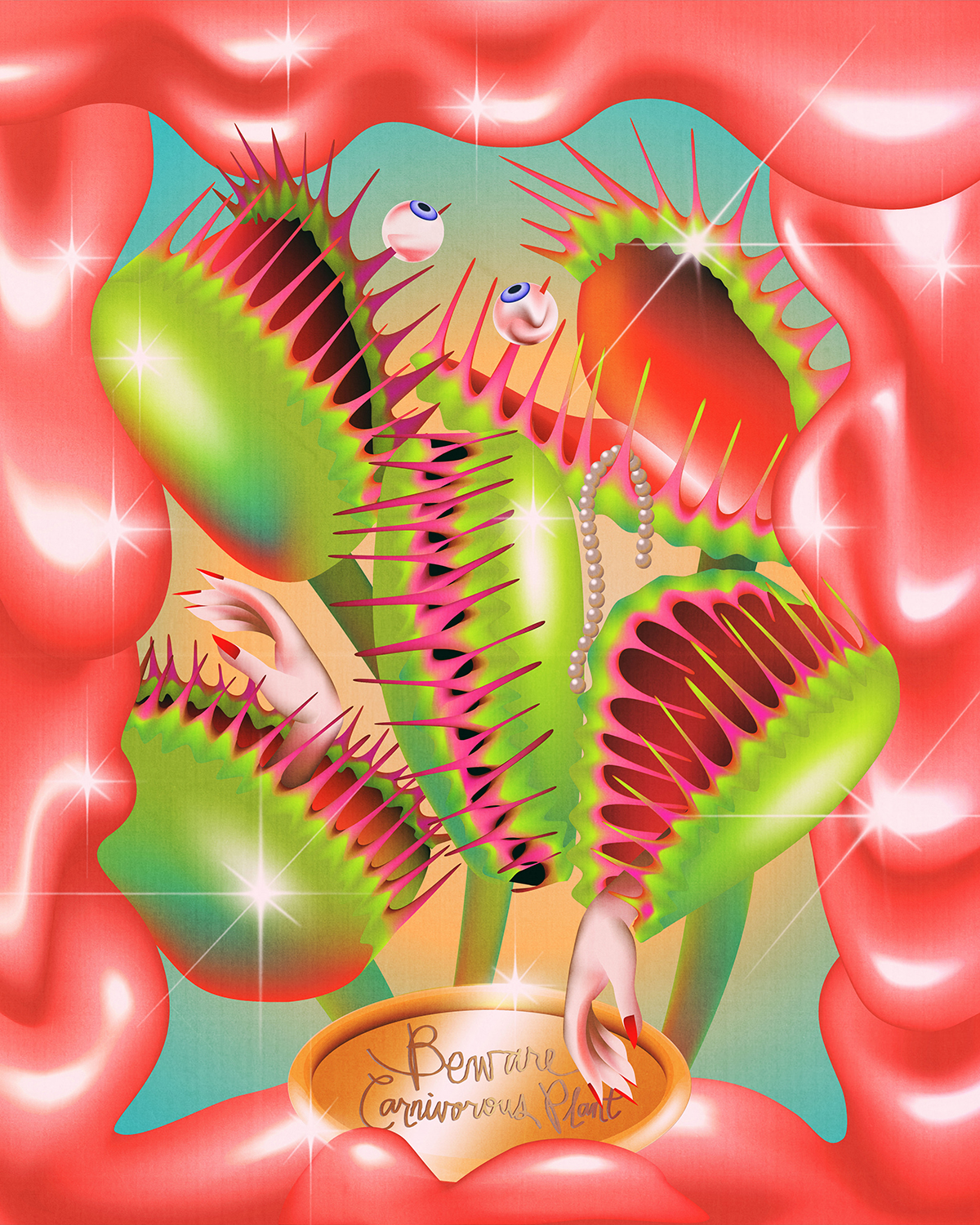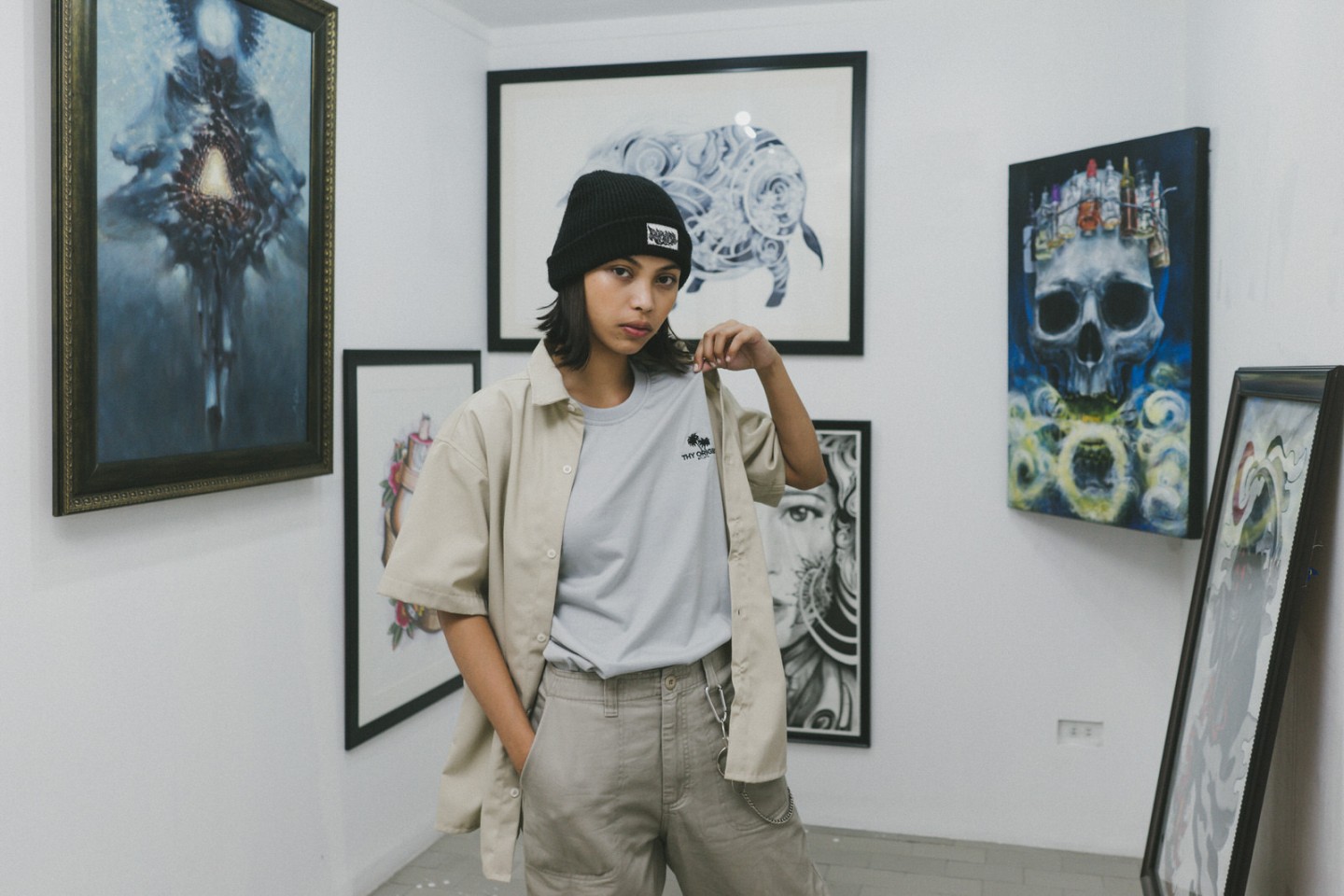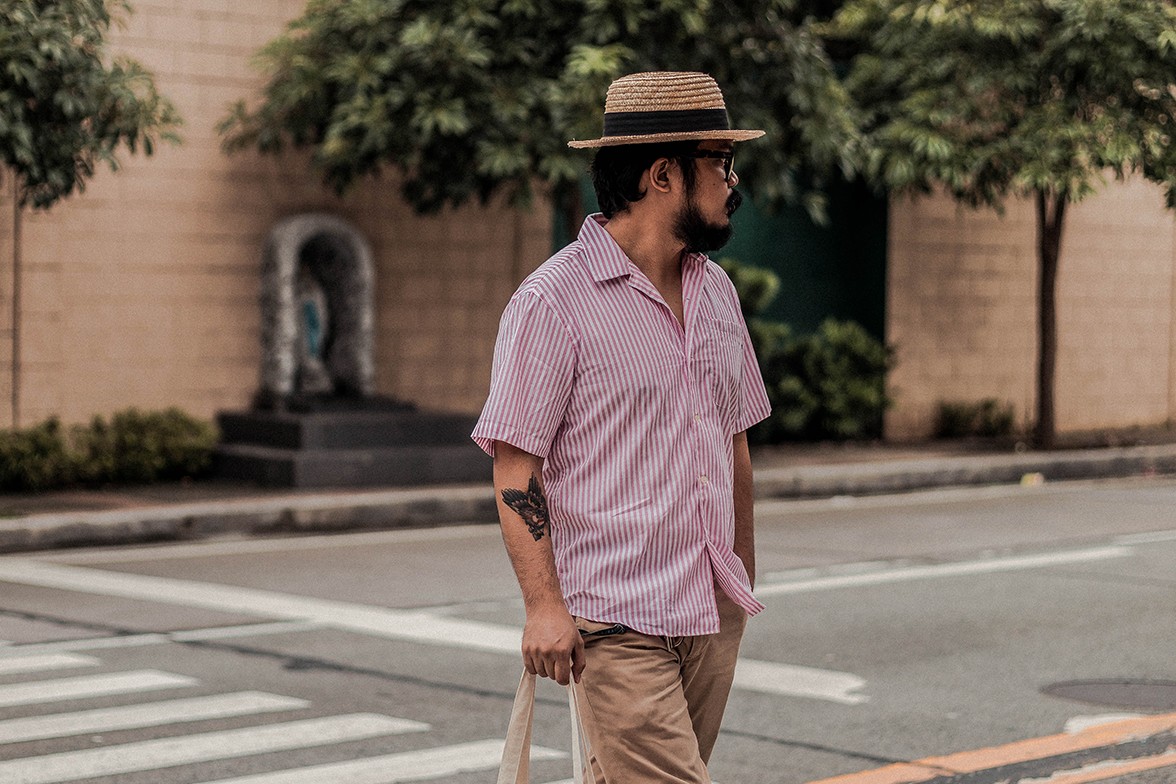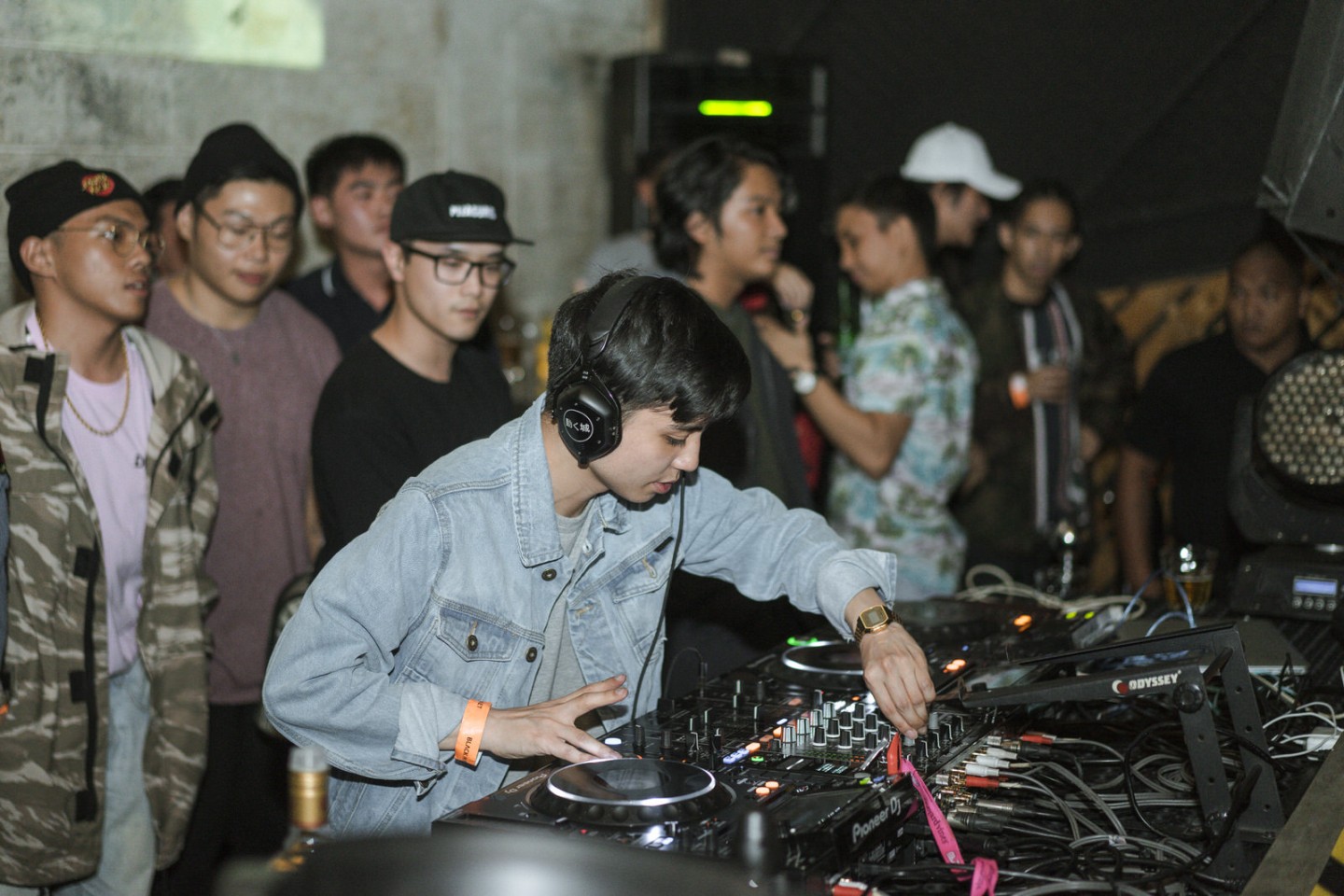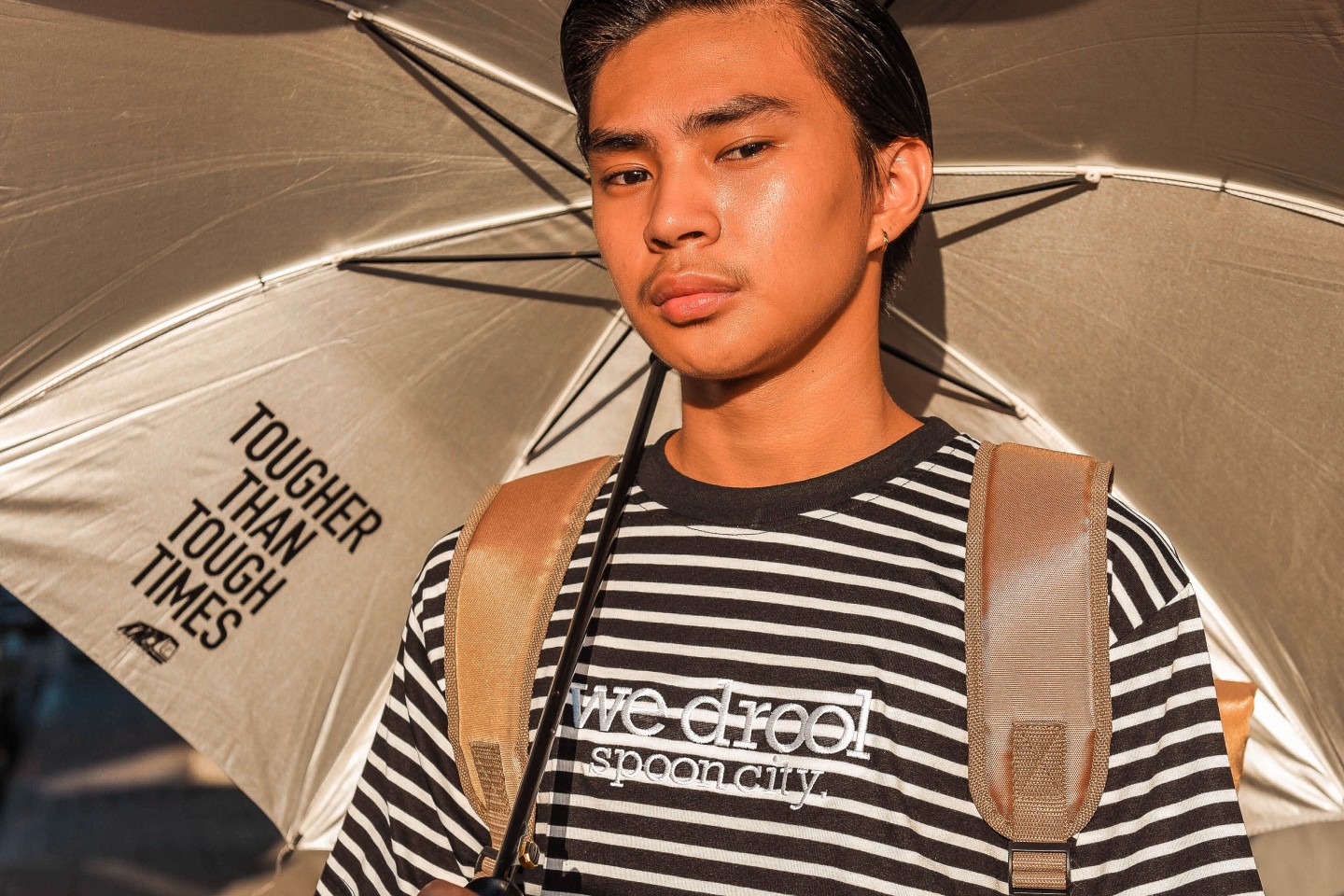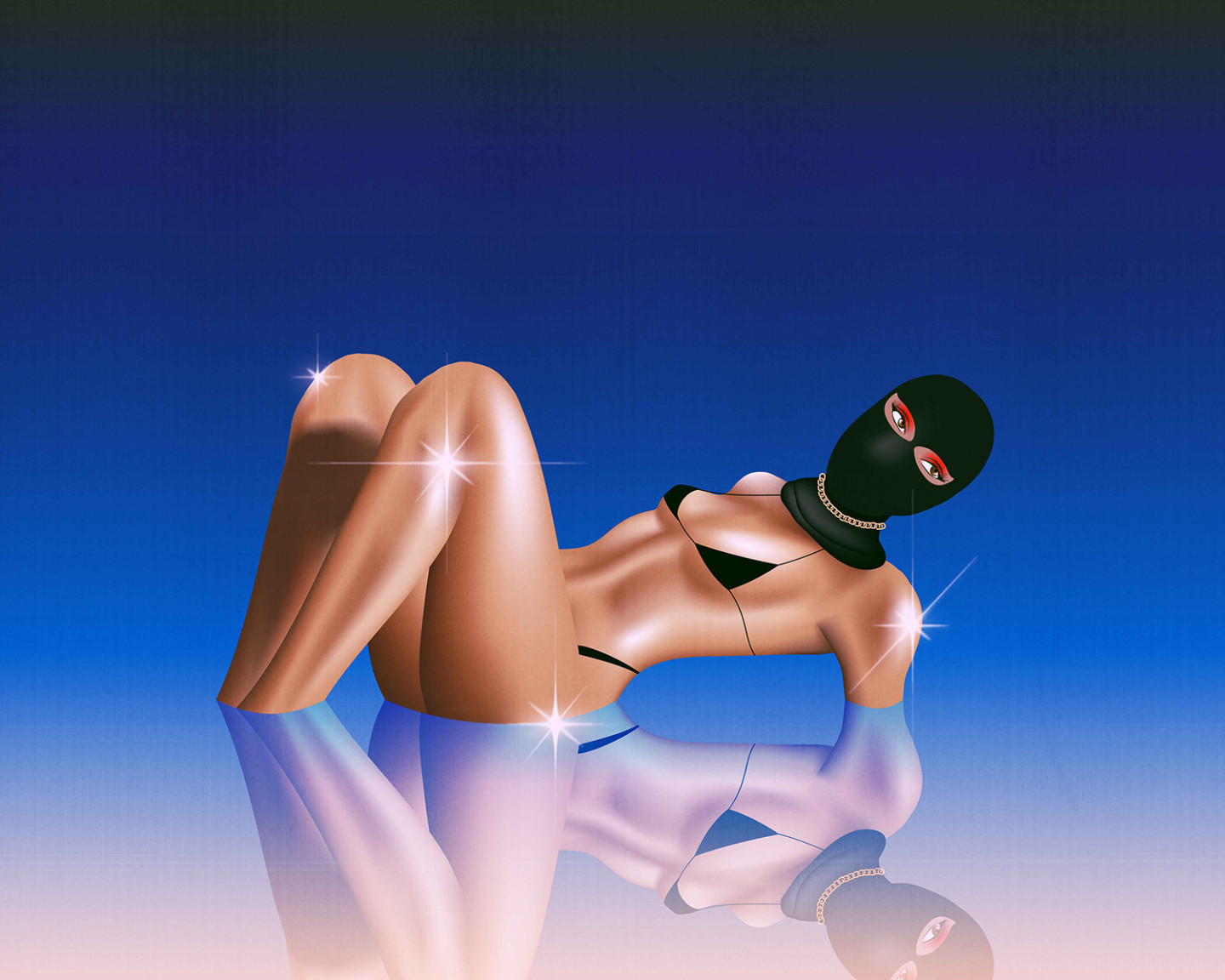
Paulina Almira would write “digital artist” on a tag asking for her occupation. Ditching the tag and poring through her work reveals a creative voice steeped in fashion just as much as technology and our new lives lived on the internet. With most of her work currently focused on digital illustration and graphic design, Paulina’s renderings have been featured on Goodtype, Vice, and Eater–each piece catered to the publication yet hand-in-hand joined by her individual style. Through the platform technology of blockchain, her work has also been minted into NFTs which are auctionable and valuable–if intangible.
Reflecting on an expanse of experience beginning in Cebu, continuing in Manila, blossoming in New York City, and returning–renewed–Paulina, now a freelance digital artist represented by H+ Creative, shares her thoughts on the path to personal artistry, the new mediums of digital art, and navigating a digital universe evaluating not just how art looks but what it stands for.
The path of artistry: direction and departure
Early on in her life, Paulina, still a toddler in Cebu, noticed that she was a visual thinker and learner. “I’ve loved drawing, coloring, and even helping my dad pick shoes,” she says, “I feel my exploring art was bound to happen.” Moving to Manila for her studies, she searched for an arts course, but in her chosen university found the next best thing in a Bachelor of Arts in Humanities instead. That is before discovering and quickly shifting into an Information Design course.
One of her many encounters with direction and departure.
Overarching this movement was a direction set in fashion. “I wanted to take a design course that would help me land a job at a local fashion brand before ultimately pursuing a degree in fashion in New York,” reflects Paulina. Completing her studies in Manila and her local fashion brand stint, she moved to New York, completed the AAS Fashion/Apparel Design program at Parsons School of Design at The New School, and spent a year in the fashion industry.
From nestling into a fashion design institution host to as many laptop-rental machines as soda machines and dispensers for both still and sparkling water, to running around the city in search of fabric and spending late nights in underpaid and overworked internships, Paulina learned how to conceptualize, develop, and execute ideas rapidly. “Living independently in New York also forced me to move faster in general,” she says. “Not just when I was making art,” she adds.
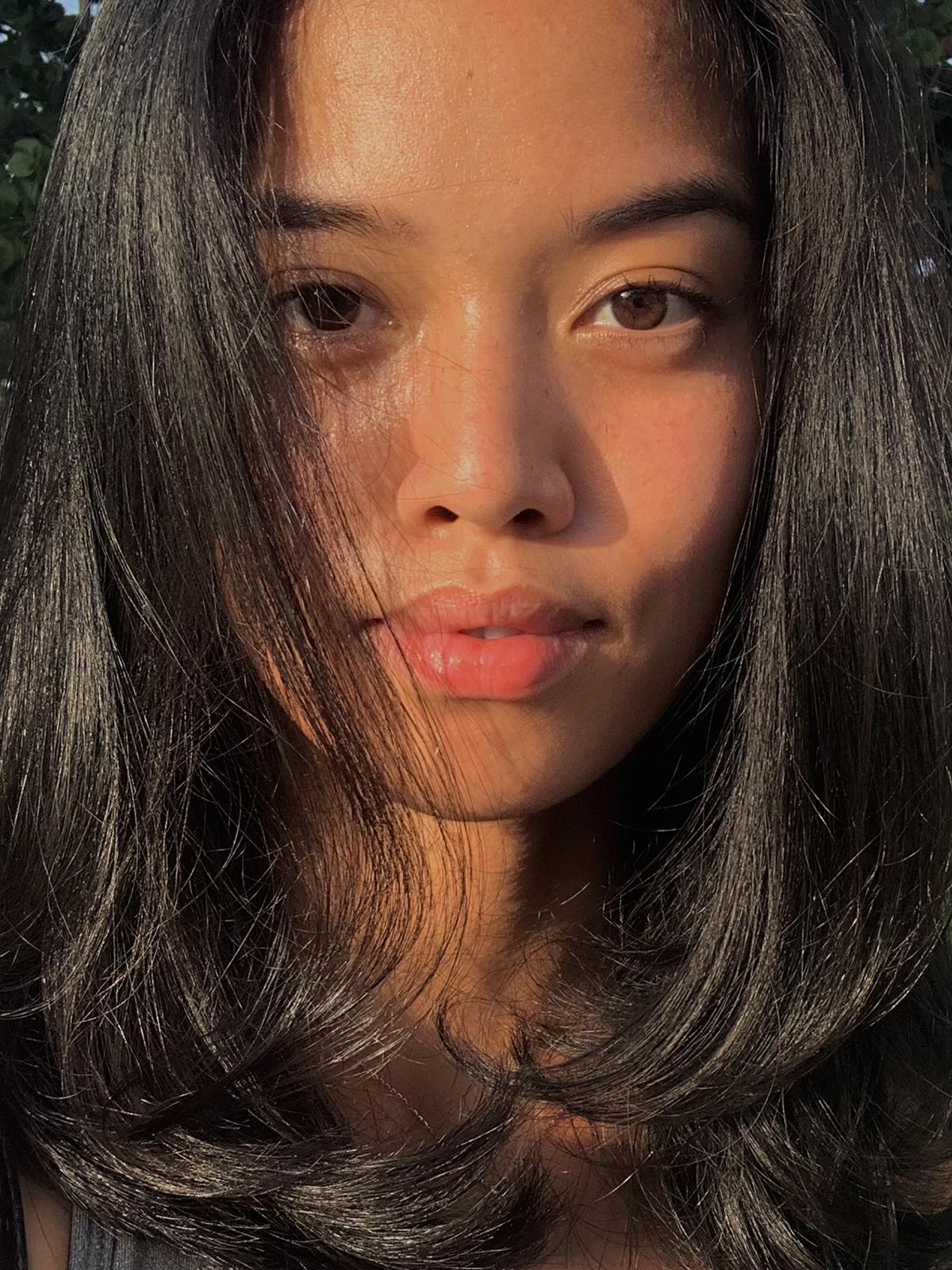
A year in, her itch for an exit strategy from the industry grew large enough to prompt action.
Another departure.
Reflecting on her takeaways from working in fashion, Paulina says,“There was no way I could devote my life to the industry and expect to feel fulfilled. I do love clothes and dressing up and I still follow Fashion Week closely. I’m a very excited spectator and I will always be, but I no longer feel the need to participate.”
The role of direction and departure in creating a style
Looking at her recent work in digital illustration, Paulina says, “I like to combine elements of technology, fashion, horror fiction, and the natural world to build surreal and playful compositions overall. I make sure to incorporate tension in any way I can–light and dark, delicate and hostile, endearing and unsettling.”
“Retro-futurism is an overarching theme,” she adds. Her work is dreamy yet dark and ethereal at times, with images of strong women characters, accessories, snakes, and sparkly eyeballs centered in the compositions.
Embarking on a young artistic career of direction and departure has allowed Paulina to bring a wide range of experience to the work she now focuses on. She switches artistic hats rapidly and creates work with nods to tabi boots, broken china, heels stuck in bright-pink chewing gum, and slips off into cerebral imagery which feels vaguely familiar–as though our loose retention of all we see on the internet were compressed into an image.
Experience in hand, Paulina does much of her ideation online. “I find ideas mostly through Instagram and Twitter,” she says. On these apps she discovered the practice of creating one thing daily and decided to give it a go so that she could finely shape her personal style. Paulina suggests the onset of the pandemic sped this process up. “It was really the desperation to find a career as a freelance designer after the pandemic eliminated the possibility of getting hired by a company,” she says, “and by then I’d lost interest in working in fashion at all.”
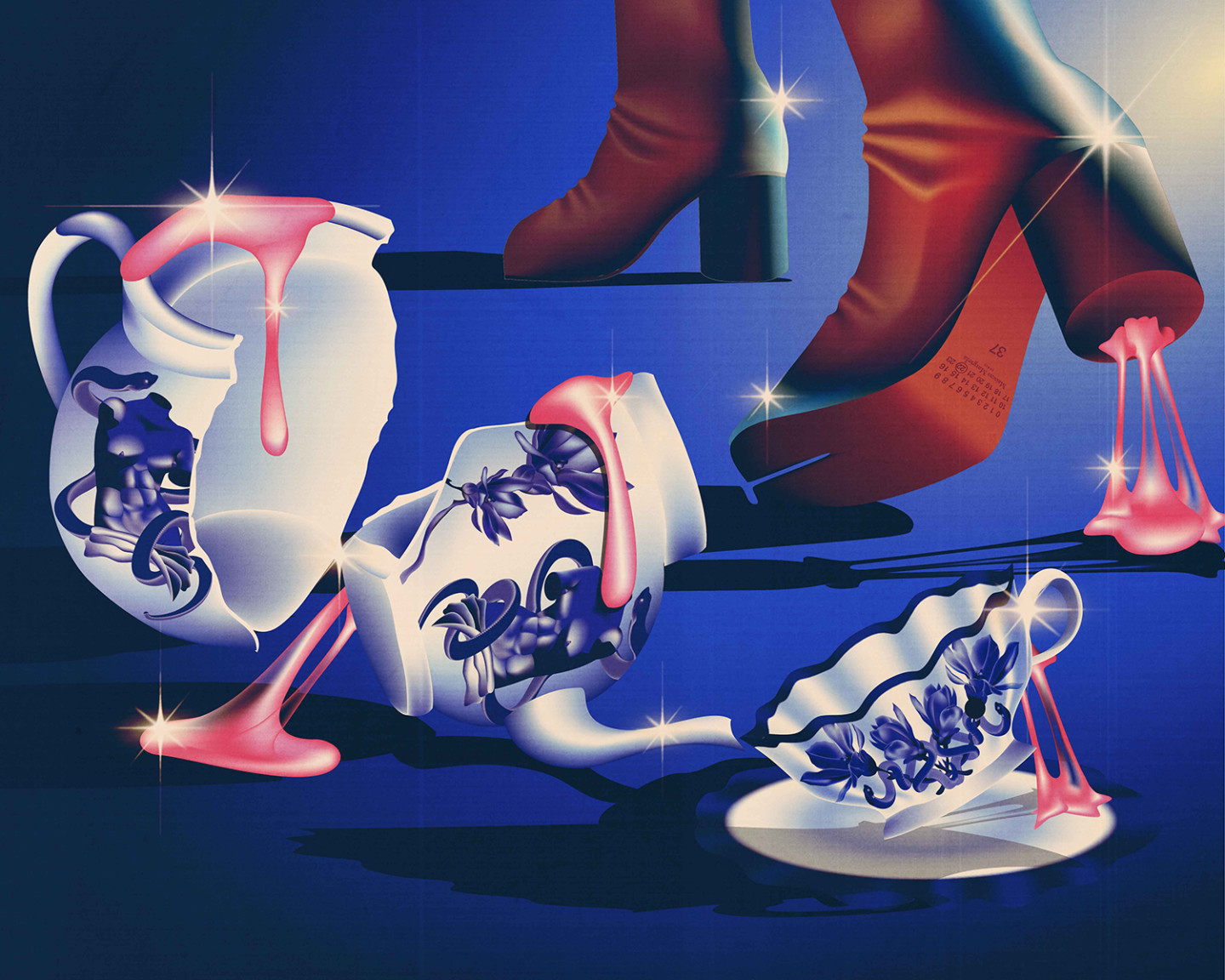
Sticky China by Paulina Almira
On online communities and NFTs
The support of communities on Instagram surpasses the praise in the comment section–dotted with emojis as it may be. These communities are also rich sources of information. It was in one of these that Paulina encountered the concept of the non-fungible token or “NFT” which led to research and then application.
Paulina explains: “An NFT is a one-of-a-kind digital asset. It can be anything–an image, video, GIF, or music. It’s traded via cryptocurrency, mostly Ethereum, and resides on the Ethereum blockchain.”
Using NFT platforms such as OpenSea, Rarible, and Foundation, Paulina has managed to upload and sell her art. Paulina breaks the process down: “Once you’ve connected your cryptocurrency wallet to the site, creating the NFT is simple. You upload your media, write a description, [and then] set a price and royalty percentage.”
Utilizing her two tools of the trade–Adobe Creative Cloud and her Macbook–Paulina has found a loyal group of buyers which gave her a new perspective as a digital artist. She gained experience in the artist-collector relationship which stands in a completely other shade of color against the designer-client relationship.
“Being accustomed to client work and responding to design needs all throughout my career, setting foot in a space where nothing is expected of a creative except to make the most personal, authentic art as they can was and still is overwhelmingly touching,” she reflects.
Consumers of the art aren’t paying for the purpose it fulfills–be it on their website or as an accompaniment to their medium of work. They’re claiming ownership of it on the basis of their connection to the piece.
On responsibility and human decency
With the internet now a central force in our lives and the decisions we make, artists have a key hand in shaping what we see and value–the news, the causes, the popular (and unpopular) opinions. Paulina notions that promoting good causes isn’t just the role of digital artists–as capable as they are of doing so.
“Regardless of the industry they work in, people have unique strengths and can use them to promote good, but I don’t believe the responsibility to do so falls specifically on certain groups,” she says.
“The great thing,” she continues, ”is that even though there are no set rules on how we creatives should use our voices and skills, many of us choose to use them in support of good causes anyway.”
Part of the creative’s job, for Paulina, is exercising empathy. “Times are changing rapidly,” she says, “and if we’re not careful, we may offend even without meaning to.” Asked about how she keeps her work sensitive to the vast array of cultures represented among her viewers without distorting her creative vision, she motions to human decency: “Don’t appropriate cultures, don’t discriminate, don’t use derogatory language or symbols. If your idea is risqué, make sure it falls in the appropriate context.”
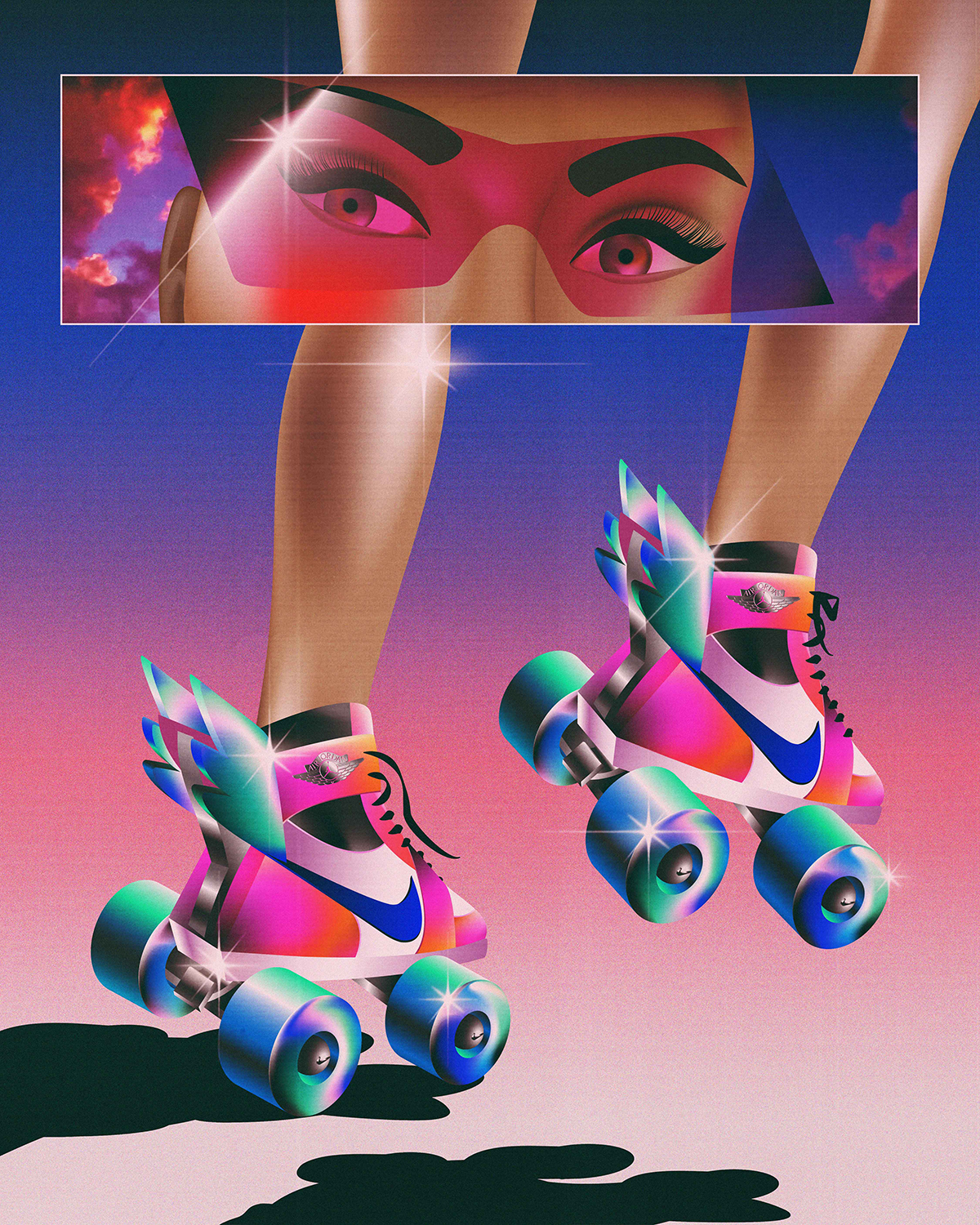
Skates by Paulina Almira
She provides an example. “It’s acceptable to include nudity in an editorial about modern dating, but there’s no need to draw boobs for a non-satirical article about the kindergarten education system.”
There is a line to find in creating widely consumed digital art–a line demarcating the execution of creative freedom and flat rudeness. Paulina cultivates a gentle yet fixed awareness to aid her finding that line, by “following diverse groups of people on social media, reading articles, having conversations with loved ones and making new connections–listening to podcasts.” She adds, “even looking through memes keeps me pretty updated on what’s okay and what isn’t.”
SUPPORT PURVEYR
If you like this story and would love to read more like it, we hope you can support us for as low as ₱50. This will help us continue what we do and feature more Filipinos who create. You can subscribe to the fund or send us a tip.


